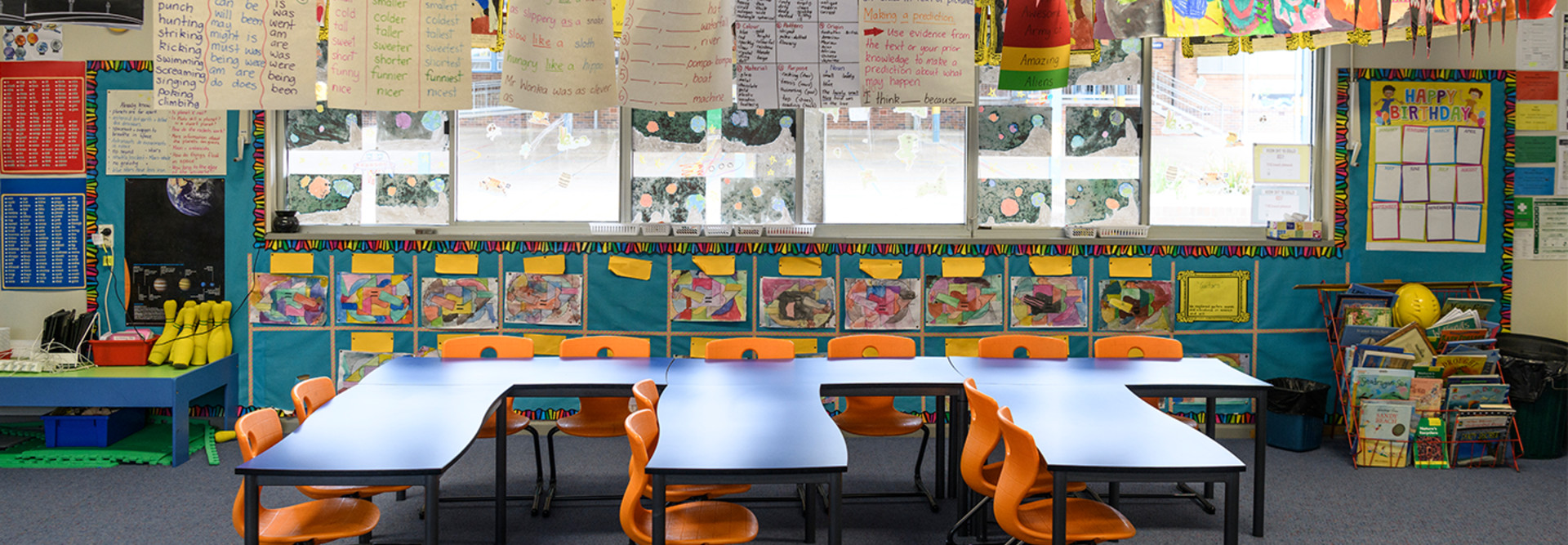FAQ 5: What to Ask Before Starting Your Classroom Redesign
For K–12 schools interested in upgrading their classrooms to fit a modern pedagogy, it is important to take an intentional approach that keeps academic success at the forefront of any decision.
At Illinois' Glenbrook High School District 225, Ryan Bretag, the district’s director of instructional innovation wanted every decision to help improve "student wellness and meaningful work," Education Dive reports.
“This didn’t mean things didn’t excite us or concepts weren’t intriguing but each one was questioned with how does this help us to achieve our why and is this the best possible way of getting to it,” Bretag told Education Dive.
To help stay mindful, here are five questions education leaders should ask during a classroom redesign.
MORE FROM EDTECH: Check out how to redesign the K–12 media center.
1. Who Should Be on the Refresh Team?
Core team members should include the person who will teach in the space, the person who oversees curriculum and the person in charge of technology and innovation. Each has a role to play: experience with day-to-day classroom flow, a broad vision of educational goals and advice for integrating technology in a meaningful, supportive way.
2. How Do We Avoid Design for Design’s Sake?
Ground your refresh in research on how students learn. The University of Minnesota has done compelling work on the impact of active-learning classrooms, and the World Economic Forum’s “The Future of Jobs Report: 2018” illuminates skills students will need for successful careers. Research like this is foundational to any refresh effort.
3. Dream Big, or Dream Within the Budget?
There’s no need to limit yourself at the start of planning. Don’t be afraid to define an ideal vision for what a learning space could look like in your school. Even if it isn’t achievable now, a broad view of possibilities sets a roadmap for the future and ensures you don’t sell your space short before you’ve begun.
4. Are There Nonclassroom Spaces That Tend to Be Overlooked?
Yes! High school and middle school students spend a lot of time in hallways, moving between classes. You can envision hallways as a learning commons: Activate that space in the service of education, and set the tone for continuous learning.
MORE FROM EDTECH: Here is how K–12 schools can envision the future of education.
5. We Refreshed — Now What?
Students and instructors will need support as they adjust to the new environment. Instructional coaches can help teachers determine the best way to use the new space. Students should be taught how to use equipment or reset a classroom in support of the day’s lesson plan.









